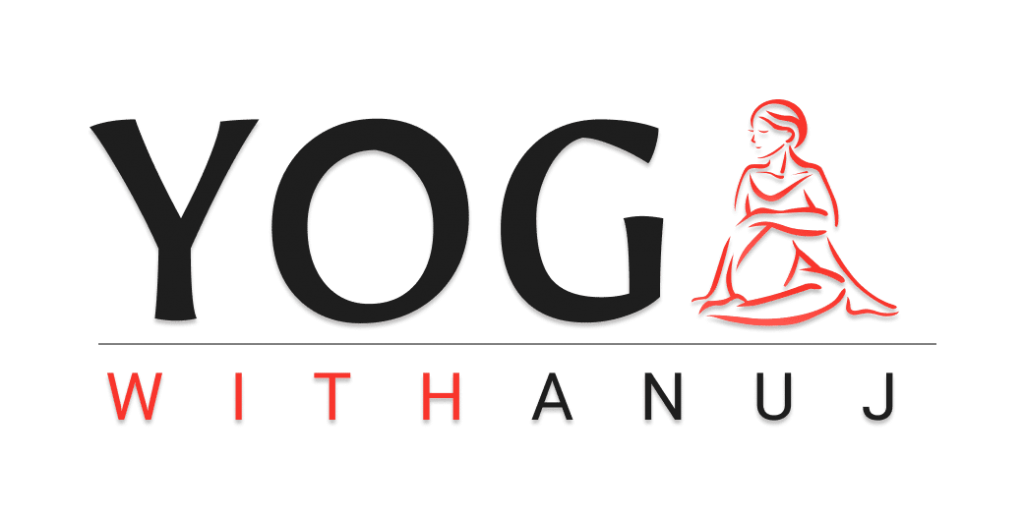THE MEANING OF UJJAYI
Ujjayi means victorious. It is derived from the root ‘ji’, which means ‘to conquer’ or ‘to acquire by conquest’, and the prefix ‘ud’, which means ‘bondage’. In English, ujjayi is known as ‘the psychic breath’ because it induces a meditative state and leads to very subtle states of mind. This pranayama occurs spontaneously when concentration becomes deep and intense. It is an indispensable part of many meditative techniques such as mantra Japa, Ajapa Japa and Kriya Yoga.THE SOUND OF UJJAYI
It is practiced by contracting the glottis and breathing through the throat. When done correctly, the breathing sounds like a cat purring or a baby snoring. When a healthy child sleeps, it always breathes by contracting the glottis, so that the sound of the breath comes from the throat. This kind of breathing is replicated in ujjayi. Of course, the breath flows through the nostrils, but the glottis is contracted, so that a light snoring sound is produced by the breath in the throat.HOW TO PRACTICE UJJAYI
Ujjayi is so simple that it can be done in any position and anywhere, once you have mastered it. It automatically promotes diaphragmatic or abdominal breathing. You can, in fact, combine it with abdominal breathing, explained in my previous blog. Practice abdominal breathing with throat awareness. When you breath in, produce a soft and smooth sound through the throat, audible only to you. Simultaneously, the abdomen should expand. When you breath out, produce the same sound while contracting the abdomen. Begin with 5 seconds inhalation and 5 seconds exhalation. Practice 5-10 rounds initially. After 2 months, increase the count by 1 second. As you progress, you can double the inhalation and exhalation in a year.APPLICATION OF UJJAYI
Abdominal breathing and ujjayi are a must for long-term yoga practitioners. The sound of ujjayi in asanas is a little louder than that in pranayama. Practice all the asanas with this way of breathing. For dynamic asanas, move in sync with slow expansion and contraction of your abdominal muscles. For static postures, slow down the breath further. Your postures will become graceful and more effective.You can practice noise-free alternate nostril breathing or nadi shodhan pranayama, which has more than a dozen breath ratios to master. In this pranayama, you need to shift your focus completely from your nostrils to the throat. Breath through the throat, producing the ujjayi sound audible only to you. To progress in nadi shodhan, you need to increase the duration of inhalation and exhalation over months and years. When you have long inhalation and exhalation, you will be able to hold the breath for a longer time.
Meditation naturally promotes both abdominal breathing and ujjayi. When concentration becomes deep and intense, you will discover the sound of ujjayi on your own.
